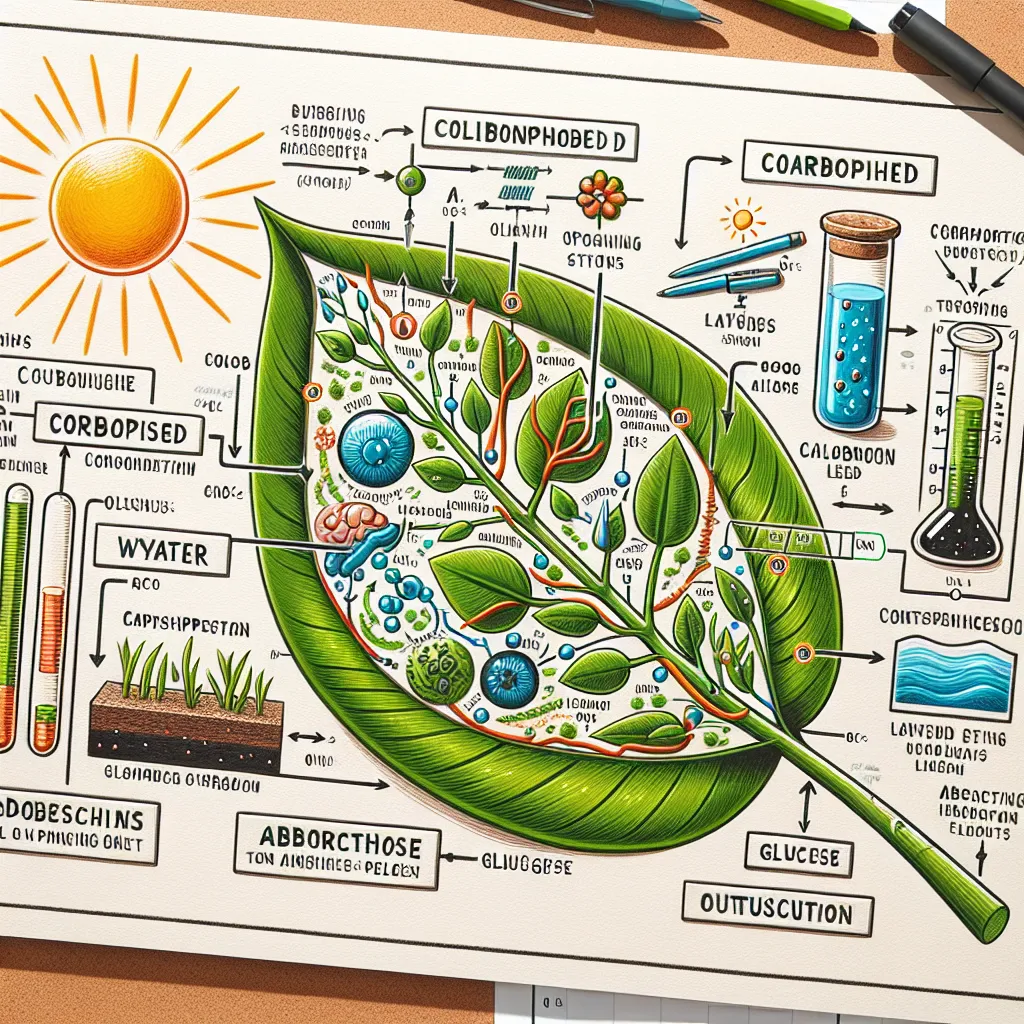Are you preparing for the IELTS Speaking test and wondering how to effectively describe a plant that grows in your country? This comprehensive guide will provide you with valuable insights, sample answers, and expert tips to help you excel in this common IELTS Speaking topic. Let’s explore how to craft a compelling response that will impress the examiner and boost your score.
Nội dung bài viết
- Understanding the IELTS Speaking Test Structure
- Part 1: Introduction and Interview
- Q: Do you like plants?
- Q: Do you have any plants at home?
- Part 2: Long Turn (Cue Card)
- Follow-up questions:
- Part 3: Two-way Discussion
- Q: How has urbanization affected plant life in your country?
- Q: Do you think it’s important for people to learn about plants in school?
- Key Vocabulary and Phrases for High Scores
- Tips from an IELTS Speaking Examiner
Understanding the IELTS Speaking Test Structure
Before we dive into the specific topic, it’s crucial to understand the structure of the IELTS Speaking test. The test is divided into three parts:
- Part 1: Introduction and Interview
- Part 2: Long Turn (Cue Card)
- Part 3: Two-way Discussion
Let’s examine how the topic “Describe a plant that grows in your country” might be addressed in each part of the test.
Part 1: Introduction and Interview
In this section, the examiner may ask you some general questions about plants. Here are some potential questions and sample answers:
Q: Do you like plants?
Band 6-7 Answer:
Yes, I do like plants. They make our environment more beautiful and help purify the air. I have a few small plants in my apartment.
Band 8-9 Answer:
Absolutely! I’m quite passionate about plants. Not only do they enhance the aesthetics of our surroundings, but they also play a crucial role in maintaining ecological balance. I’m particularly fond of keeping various indoor plants, as they bring a sense of tranquility to my living space.
Q: Do you have any plants at home?
Band 6-7 Answer:
Yes, I have a few plants at home. I keep some small potted plants on my balcony and a couple of indoor plants in my living room.
Band 8-9 Answer:
Indeed, I’m quite enthusiastic about gardening and have cultivated a variety of plants at home. My balcony is adorned with an assortment of flowering plants and herbs, while my living room boasts several air-purifying indoor species. I find that tending to these plants is not only a rewarding hobby but also a great way to connect with nature in an urban setting.
 Indoor plants in living room
Indoor plants in living room
Part 2: Long Turn (Cue Card)
In this section, you’ll be given a cue card with a topic and some bullet points. Here’s a sample cue card related to describing a plant:
Describe a plant that grows in your country
You should say:
- What the plant is
- Where it grows
- What it looks like
- And explain why this plant is important or well-known in your country
You’ll have one minute to prepare and then speak for 1-2 minutes. Here’s a sample answer:
Band 6-7 Answer:
I’d like to talk about the coconut palm, which is a common plant in my country. It grows in coastal areas and tropical regions. The coconut palm is quite tall, with a long trunk and large leaves at the top. It produces coconuts, which are big, round fruits with a hard shell.
This plant is important in my country because it has many uses. People use the fruit for food and drink, and they use the leaves for making roofs and baskets. The coconut palm is also a symbol of tropical beaches and is popular with tourists.
Many people in coastal areas depend on coconut palms for their livelihood. They sell coconuts and make products from different parts of the tree. The plant is also important for the environment because it helps prevent soil erosion along the coast.
Band 8-9 Answer:
I’d like to elaborate on the coconut palm, which is ubiquitous in my country. This majestic plant is predominantly found in coastal regions and tropical climates, thriving in sandy soils and flourishing in areas with abundant sunlight and rainfall.
The coconut palm is visually striking, characterized by its towering stature, often reaching heights of 20 to 30 meters. Its slender, curved trunk is adorned with a crown of large, feather-like fronds that can span up to 6 meters in length. The most distinctive feature is, of course, the coconut fruit itself – a large drupe with a fibrous husk encasing a hard shell that protects the prized flesh and water within.
This plant holds immense significance in my country, both culturally and economically. It’s often referred to as the “tree of life” due to its versatility and the myriad uses of its various parts. The fruit provides nourishment in the form of coconut water and meat, while the husks and shells are used for fuel and crafting. The leaves are woven into roofing materials and baskets, showcasing traditional craftsmanship.
Economically, the coconut palm is a cornerstone of many coastal communities’ livelihoods. It supports a thriving industry, from coconut oil production to coir manufacturing. Moreover, its presence along coastlines serves as a natural barrier against soil erosion, playing a crucial role in maintaining ecological balance.
The coconut palm has also become synonymous with the tropical paradise image that attracts tourists to our beaches, contributing significantly to the tourism sector. Its cultural importance is evident in various traditional ceremonies and culinary practices, cementing its status as an integral part of our national identity.
Follow-up questions:
- How long does it take for a coconut palm to grow and produce fruit?
Band 6-7 Answer:
It takes about 6 to 10 years for a coconut palm to start producing fruit. After that, it can continue to produce coconuts for many decades.
Band 8-9 Answer:
The maturation process of a coconut palm is quite protracted. Typically, it takes approximately 6 to 10 years for a palm to reach fruiting maturity. Once established, however, these resilient trees can remain productive for 60 to 80 years, sometimes even up to a century, making them a valuable long-term investment for farmers and communities.
- Are there any challenges in growing coconut palms?
Band 6-7 Answer:
Yes, there are some challenges. Coconut palms need a lot of water and sunlight. They can also be affected by pests and diseases. Climate change and extreme weather can also damage the trees.
Band 8-9 Answer:
Indeed, cultivating coconut palms presents several challenges. These trees are particularly susceptible to certain pests and diseases, such as the rhinoceros beetle and lethal yellowing disease, which can devastate entire plantations if not managed properly. Additionally, coconut palms are highly sensitive to climate variations; prolonged droughts or excessive rainfall can significantly impact their growth and productivity.
Furthermore, the increasing frequency of extreme weather events due to climate change poses a substantial threat to coconut plantations, especially in coastal areas vulnerable to rising sea levels and saltwater intrusion. There’s also the challenge of genetic diversity, as many plantations rely on a limited number of varieties, making them more susceptible to widespread disease outbreaks.
Part 3: Two-way Discussion
In this section, the examiner will ask you more abstract questions related to the topic. Here are some potential questions and sample answers:
Q: How has urbanization affected plant life in your country?
Band 6-7 Answer:
Urbanization has had a big impact on plant life in my country. Many natural areas have been replaced by buildings and roads. This has reduced the habitat for many plants. However, some cities are trying to create more green spaces and plant trees to improve the environment.
Band 8-9 Answer:
Urbanization has profoundly altered the plant ecosystems in my country. The rapid expansion of urban areas has led to widespread deforestation and the destruction of natural habitats, resulting in a significant reduction in biodiversity. Many indigenous plant species have become endangered or extinct due to this urban encroachment.
However, there’s a growing awareness of the importance of urban greenery, leading to innovative approaches in integrating plant life into city planning. We’re seeing an increase in urban parks, rooftop gardens, and vertical forests. These initiatives not only provide habitats for various plant species but also contribute to improving air quality and mitigating the urban heat island effect.
Moreover, there’s a rising trend of urban agriculture, where city dwellers are cultivating plants in community gardens and on balconies. This resurgence of interest in plants within urban settings is fostering a new relationship between city inhabitants and nature, potentially leading to more sustainable urban development practices.
Q: Do you think it’s important for people to learn about plants in school?
Band 6-7 Answer:
Yes, I think it’s very important for people to learn about plants in school. Plants are essential for our environment and food supply. Understanding plants can help people make better choices about the environment and maybe encourage them to grow their own food.
Band 8-9 Answer:
I firmly believe that education about plants is crucial in school curricula. Plants are fundamental to life on Earth, playing a vital role in oxygen production, carbon sequestration, and maintaining biodiversity. A solid understanding of plant biology and ecology is essential for addressing major global challenges such as climate change, food security, and environmental conservation.
Moreover, incorporating plant studies into education can foster a greater connection with nature, which is increasingly important in our digitally-dominated world. It can instill a sense of environmental stewardship in young people, encouraging sustainable practices and informed decision-making about resource use.
From a practical standpoint, knowledge about plants can empower individuals to make healthier food choices, understand the principles of agriculture, and even pursue careers in botany, horticulture, or environmental science. In an era where sustainable living is becoming increasingly important, plant education can equip students with valuable skills for the future, whether it’s growing their own food, participating in community gardening projects, or developing innovative solutions for urban greening.
Key Vocabulary and Phrases for High Scores
To achieve a high score in the IELTS Speaking test, it’s crucial to use a wide range of vocabulary and complex sentence structures. Here are some key terms and phrases related to describing plants:
-
Ubiquitous (adjective) /juːˈbɪk.wɪ.təs/ – present everywhere
Example: Dandelions are ubiquitous in many parts of the world. -
Flourish (verb) /ˈflʌr.ɪʃ/ – grow or develop in a healthy or vigorous way
Example: With proper care, these plants can flourish even in harsh conditions. -
Biodiversity (noun) /ˌbaɪ.əʊ.daɪˈvɜː.sə.ti/ – the variety of plant and animal life in a particular habitat
Example: The rainforest is known for its rich biodiversity. -
Ecosystem (noun) /ˈiː.kəʊ.sɪs.təm/ – a biological community of interacting organisms and their physical environment
Example: Plants play a crucial role in maintaining the balance of an ecosystem. -
Photosynthesis (noun) /ˌfəʊ.təʊˈsɪn.θə.sɪs/ – the process by which green plants use sunlight to synthesize foods from carbon dioxide and water
Example: Through photosynthesis, plants convert sunlight into energy.
 Photosynthesis process
Photosynthesis process
Tips from an IELTS Speaking Examiner
As an experienced IELTS examiner, I’d like to offer some advice to help you excel in the Speaking test:
-
Practice regularly: Engage in English conversations daily, even if it’s just talking to yourself about various topics.
-
Expand your vocabulary: Learn new words and phrases related to common IELTS topics, including plants and nature.
-
Use a variety of sentence structures: Mix simple and complex sentences to demonstrate your language proficiency.
-
Develop your ideas: Don’t just give short answers. Explain your thoughts and provide examples to support your points.
-
Stay calm and confident: Remember, the examiner wants to hear you speak. It’s okay to make mistakes; focus on communicating your ideas clearly.
-
Listen carefully: Make sure you understand the questions before answering. It’s okay to ask for clarification if needed.
-
Be authentic: Share your genuine opinions and experiences. This will help you speak more naturally and fluently.
By following these tips and practicing regularly, you’ll be well-prepared to tackle any topic in the IELTS Speaking test, including describing plants from your country. Remember, the key to success is confidence and effective communication.
For more IELTS Speaking practice, you might find it helpful to describe a place where you go to unwind after a stressful day. Additionally, to broaden your vocabulary on environmental topics, you could explore the impact of industrialization on the environment.


